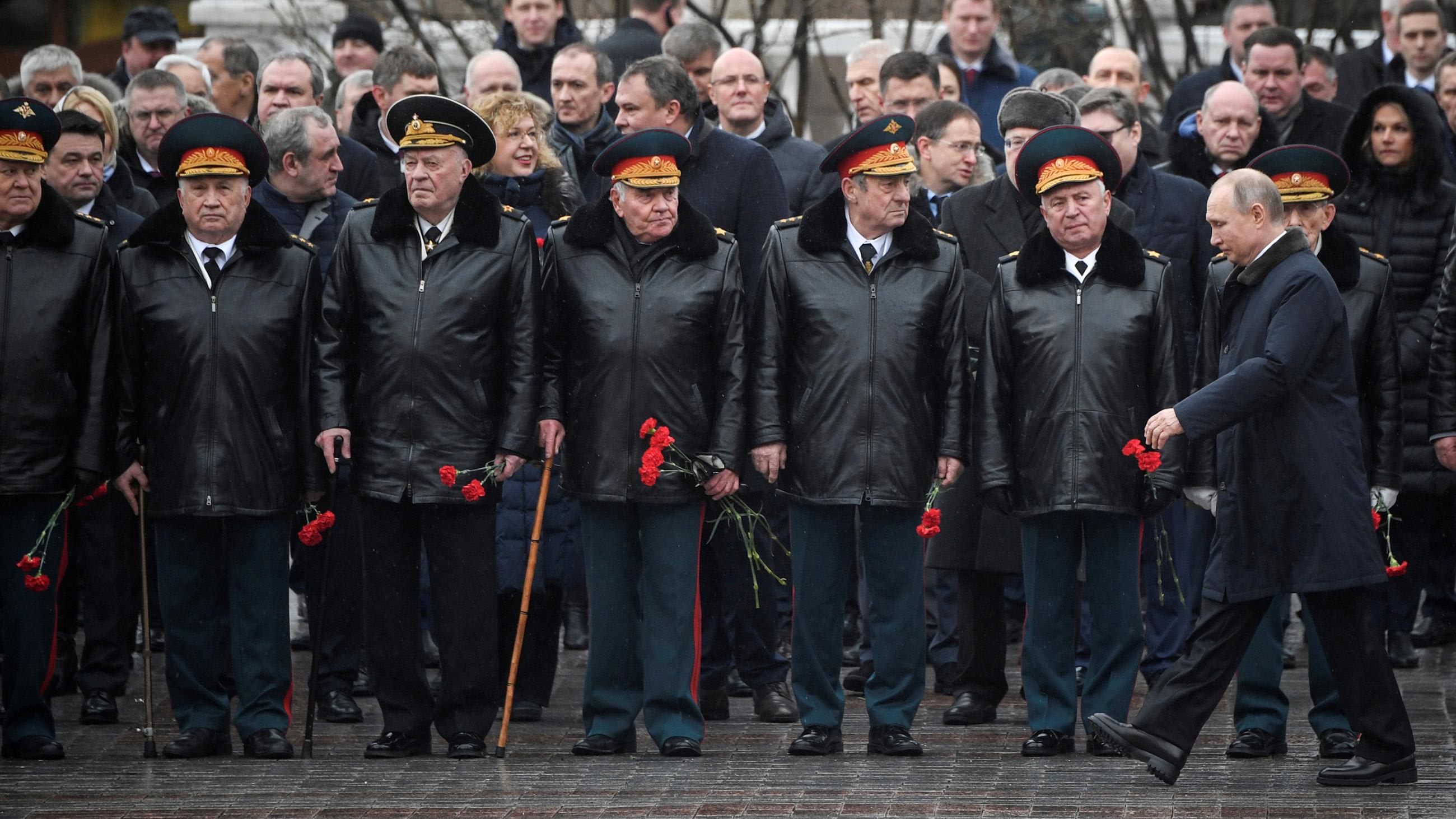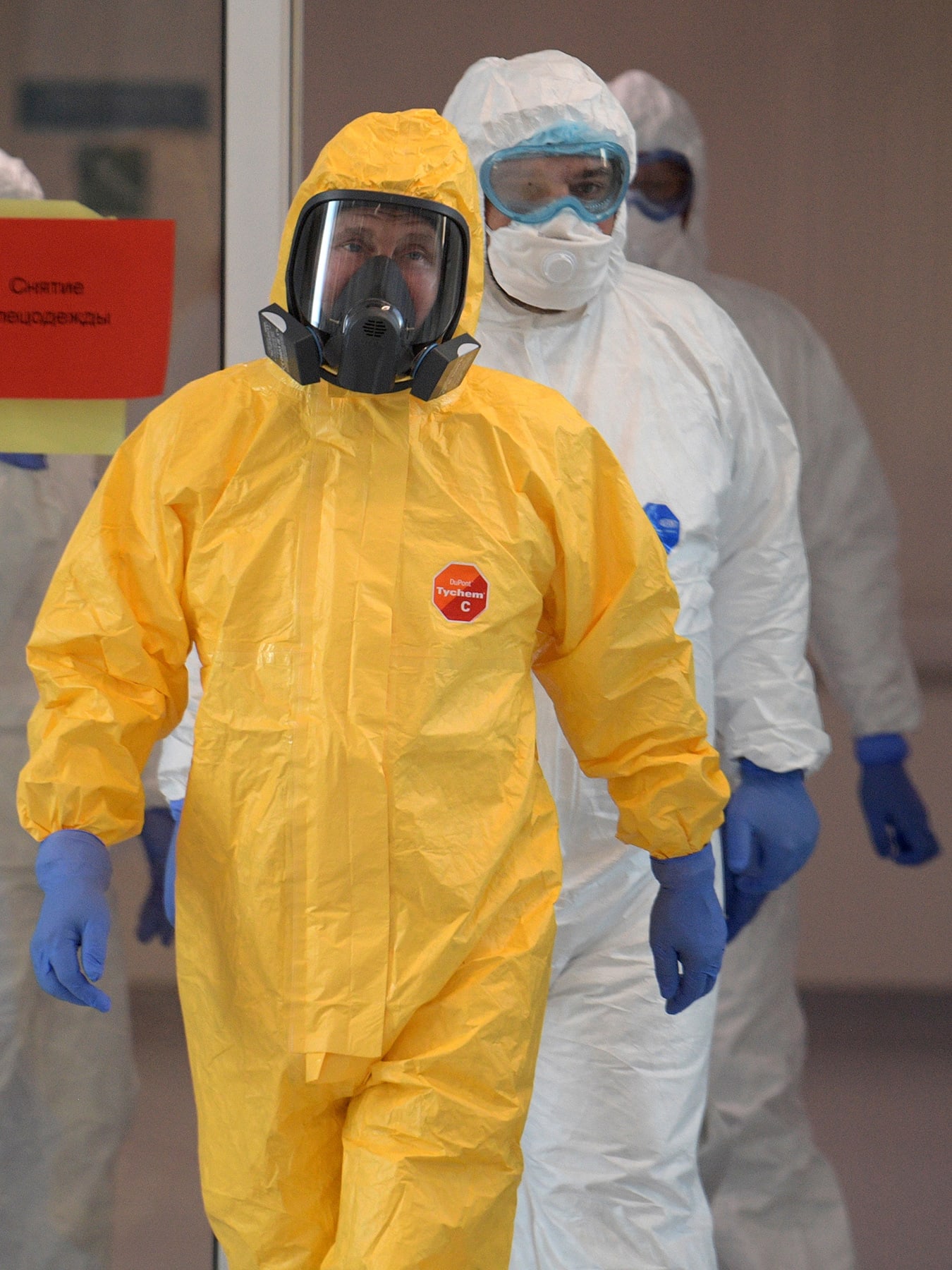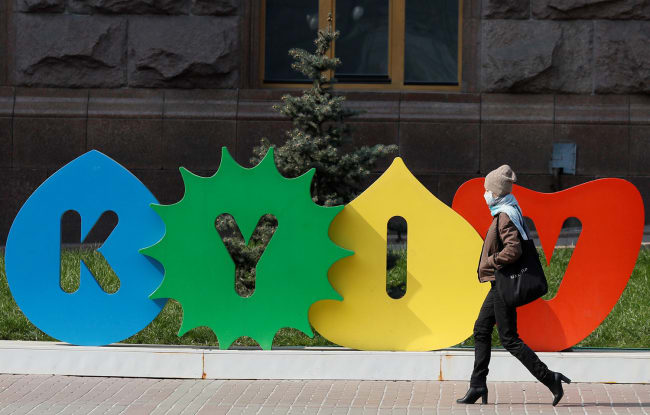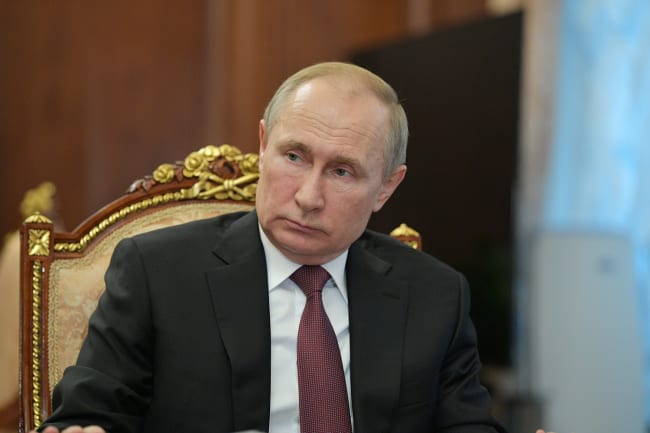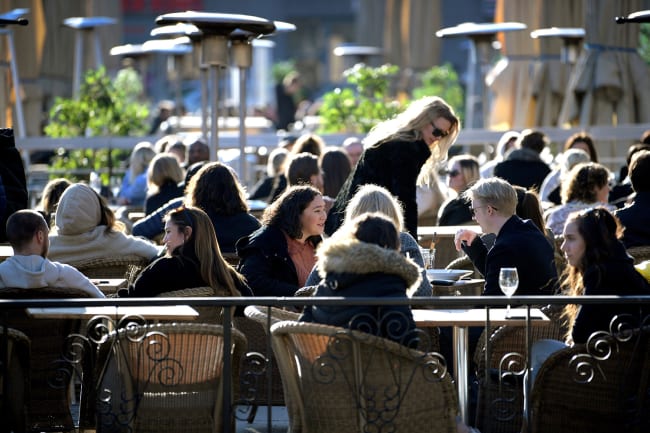With Brazil having usurped its second-place status last week, Russia now suffers the third largest number of confirmed coronavirus cases in the world. The associated headlines have ranged from the tragic to the absurd. Defects in poor-quality, Russia-produced ventilators sparked fatal fires in hospitals in Moscow and St. Petersburg in early May. Ongoing shortages of personal protective equipment (PPE) in Russian hospitals and ambulances have allowed infections to spread and have triggered protests and resignations among heroic but beleaguered health care workers.
Associated headlines have ranged from the tragic to the absurd
At least five Russian doctors who had themselves become COVID-19 patients have fallen from upper-floor hospital windows—suspected suicides under the stress of dealing with the pandemic. Questions about the validity of Russia's testing and mortality data—escalating to the point that the Russian embassy in Washington D.C. has accused the New York Times and other Western publications of a calculated misinformation campaign—continue to swirl. Even as the authorities adjust the numbers to accommodate different cause-of-death classification schemes, it's not clear how its reported COVID-19 death rate is falling so far below that of other high-burden countries.
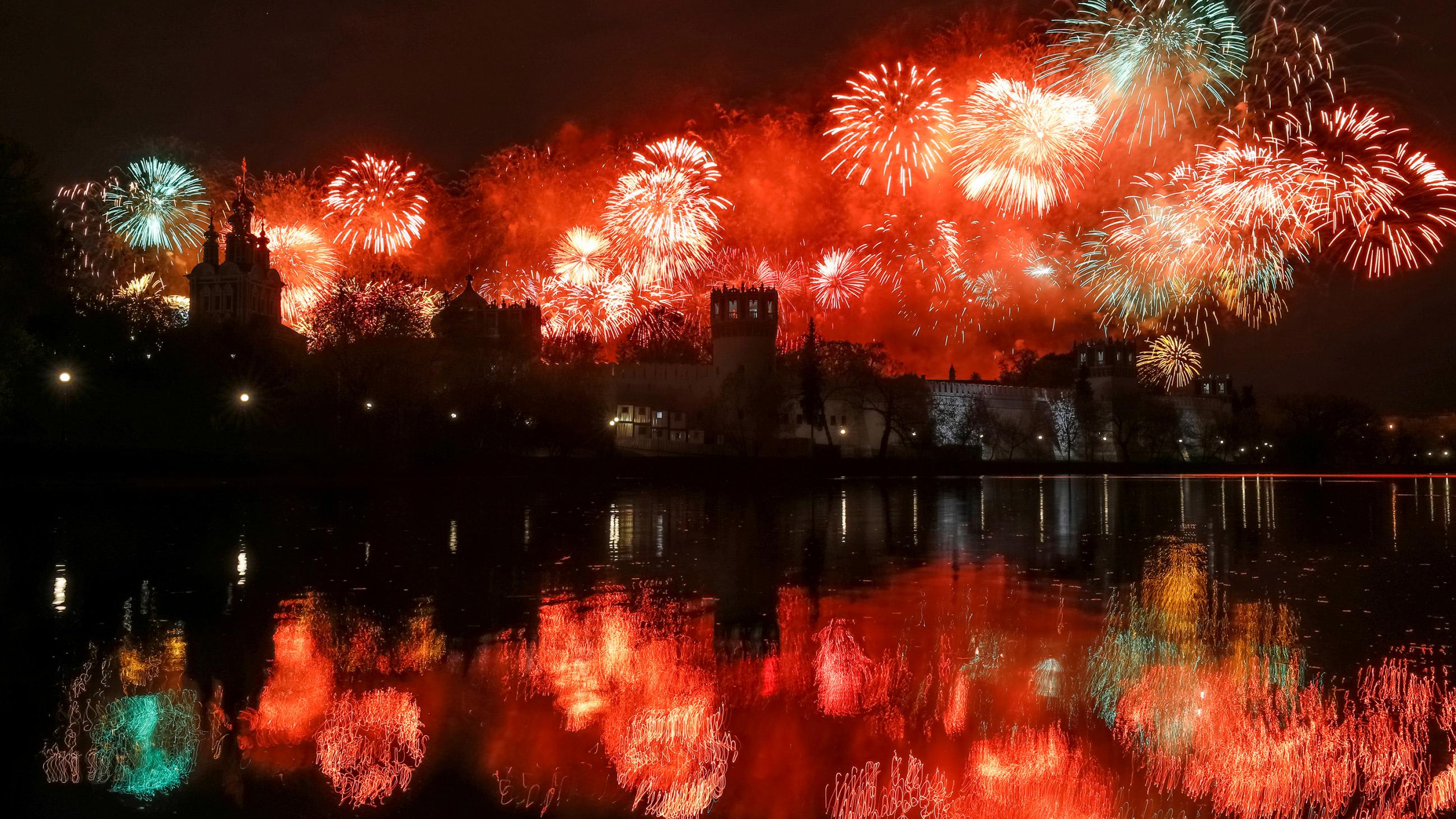
The most important COVID-19 narratives in Russia, however, are increasingly unfolding outside Moscow, at the regional and local levels where administrative and health care capacity are considerably weaker. President Vladimir Putin's choices to accept or delegate responsibility and authority during this crisis are reshaping relationships between the Kremlin and the regions, and among the government, businesses, and members of society.
A massive celebration last month—marking seventy-five years since the defeat of the Nazis—was postponed due to COVID-19
This was supposed to be a season of triumph for Putin. A referendum on amendments to the constitution allowing him to remain in power through 2024 was set for April 22, to be closely followed by a massive celebration on May 9, marking seventy-five years since the defeat of Nazi Germany. Instead, the pandemic has delayed the big parade until June 24—with most of original guest list of high-level foreign dignitaries unlikely to show up—and the referendum is now scheduled for July 1. Putin will want to hurry on that vote, before his economic and public opinion metrics decay any further.
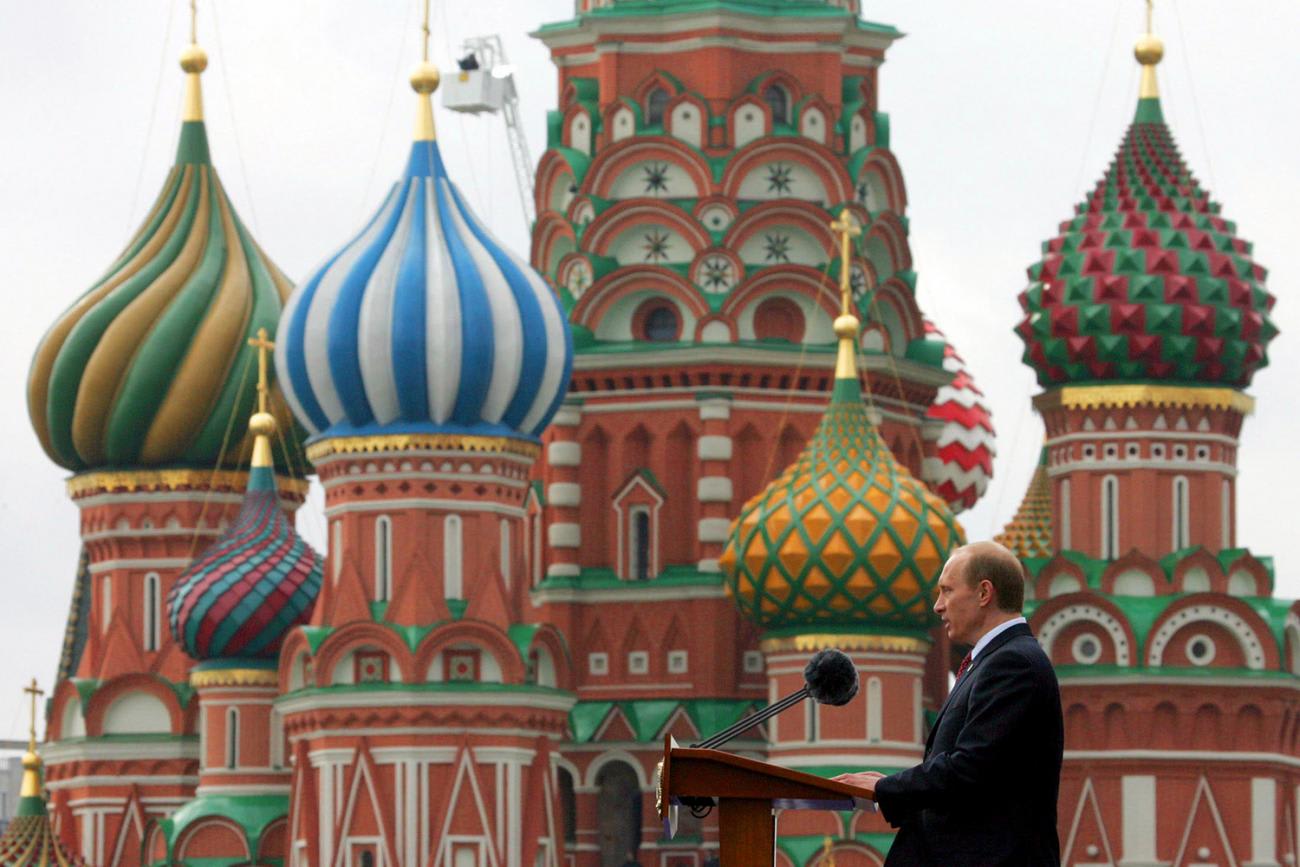
The Coming Season in Moscow
The good news is that the ruble and oil prices have stabilized. But 1 in 10 Russians say they've lost their jobs due to pandemic-related shutdowns. Projections of GDP decline for 2020 fall in the 6 to 10 percent range, with a just-announced 12 percent decline in April 2020.
Putin is the butt of jokes not just among disaffected opposition groups, but across broad swaths of an exasperated society
Putin has been stingy with Russia's $160 billion rainy day fund, allocating little to individuals and small businesses but continuing long-established habits of side deals and handouts to large, state-affiliated enterprises. His public approval and trust ratings are in steady decline. For the first time, he is the butt of jokes not just among disaffected opposition groups, but across broad swaths of an exasperated society. In a hilarious Instagram post, for example, comedian Maxim Galkin impersonated both Putin and Moscow Mayor Sergey Sobyanin in a scathing parody of the labrynthine, app-based scheduling measures just established to govern people's permission to go outside for a walk. Most state media outlets promptly deleted the viral video.
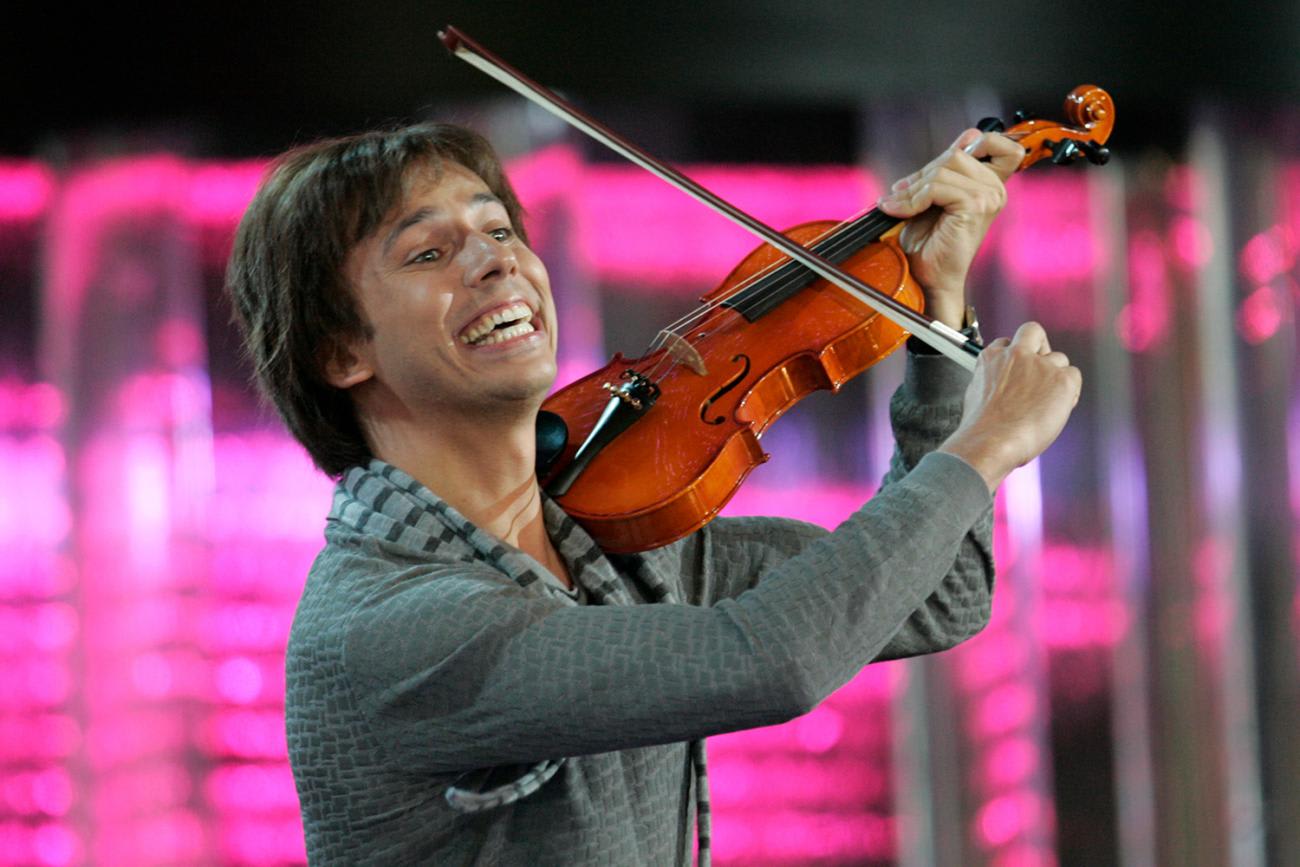
Yet, as in the United States and other pandemic-weary countries around the world, Russia is starting to reopen, wracking the nerves of public health professionals who don't see critical benchmarks as being well defined—and are unmet in any case.
Critical benchmarks not seen as well defined—and unmet in any case
The country's international borders remain closed, but the government is actively promoting summer tourism to Russian beaches. The head of illegally annexed Crimea—a popular vacation spot—has requested a formal exemption from mandatory testing and physical distancing requirements. Restaurants and hotels are preparing to welcome back customers, with restrictions in place. Crowds are about to gather again: at sporting events and museums, Red Square's annual book festival from June 6 to 8, and "Immortal Regiment" parades across the country, where millions of people solemnly but proudly carry portraits of their relatives who died during World War II, on July 26.
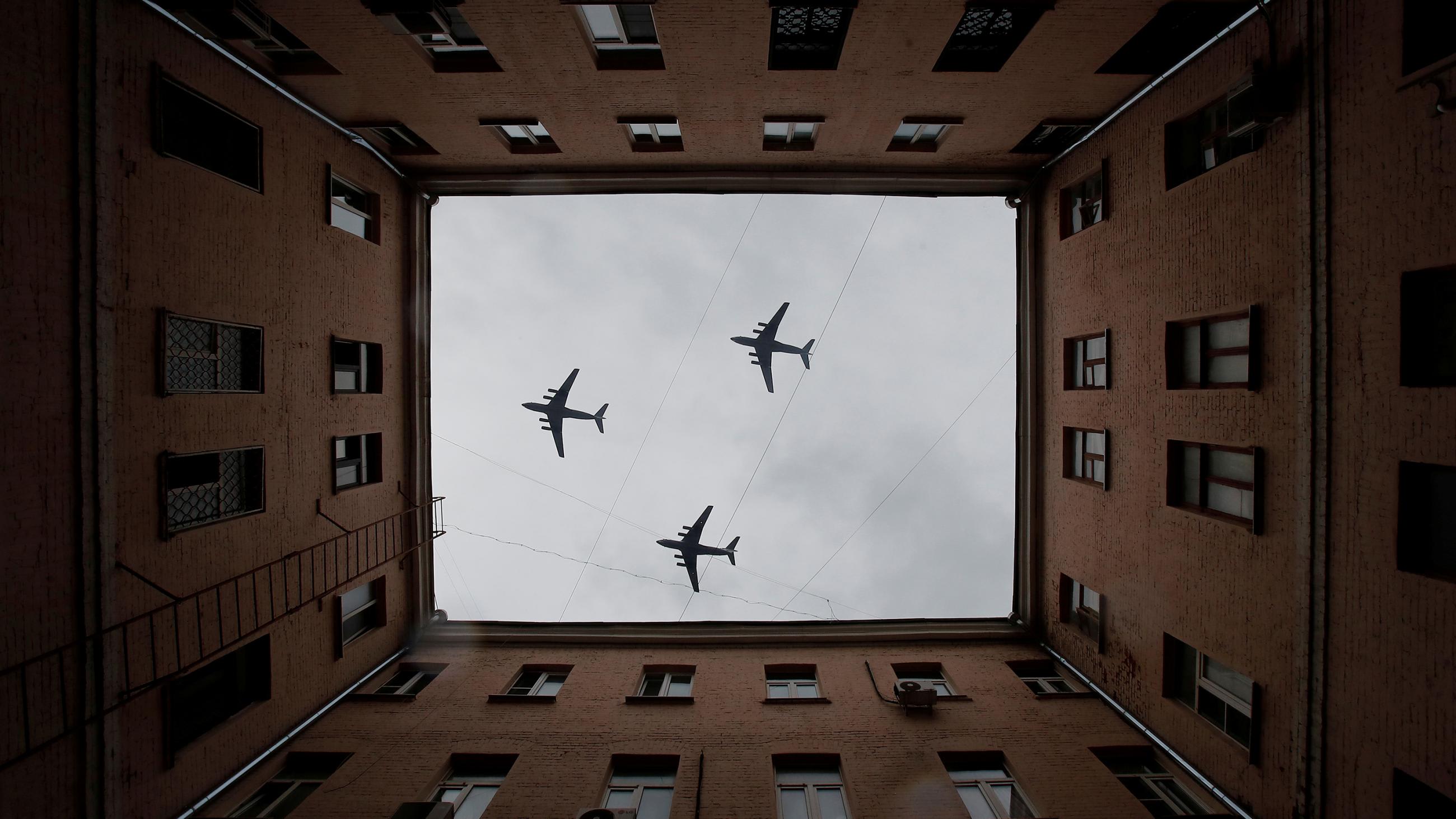
The national authorities are setting broad guidelines, but early in the pandemic Putin shifted the bulk of decision-making authority—and responsibility—to the regional level, including the calls on whether, when, and how to resume normal activities.
Politically, he appears to be following a time-honored playbook: set up someone else to take the blame if things go wrong—but take all the credit when the news is good.

But this is no time for complacency or risk-taking. More difficult struggles surely lie ahead, as the center of gravity of Russia's epidemic shifts inexorably from the capital into the less prepared, far-flung regions.
A time-honored playbook: set up someone else to take the blame if things go wrong—but take all the credit when the news is good
The country's COVID-19 crisis was initially almost entirely Moscow-centric. At the beginning of May, over half of the national daily caseload was reported in the capital, and almost two-thirds was in the city plus the broader Moscow region that surrounds it. As of June 2, those caseloads were down to one-quarter in Moscow and one-third in Moscow plus the surrounding region—even as the total numbers have fallen only modestly, from 10,000–11,000 new cases per day in early May to around 9,000 per day now. This means that more cases are cropping up outside the sprawling urban confines of the Russian capital.
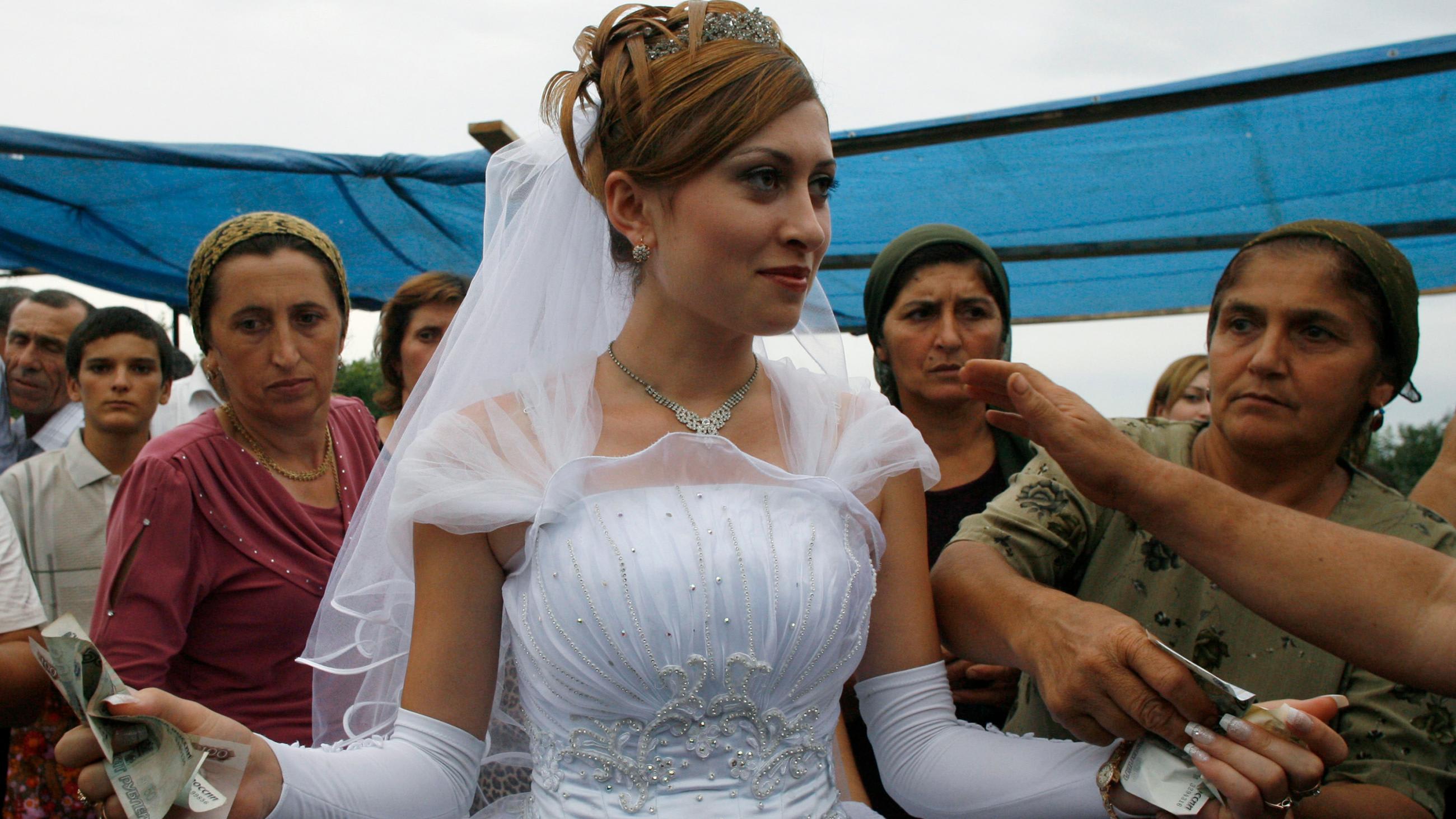
A Wedding Guest in Dagestan
COVID-19 has found multiple pathways into populations across Russia's eleven time zones, through churches and monasteries, hospitals and care homes, oil and gas processing facilities, hostels sheltering migrant workers, and prisons.
Multiple pathways across eleven time zones—through churches and monasteries, hospitals and care homes, oil and gas facilities, and hostels and prisons
One example: In Dagestan, an ethnically diverse, predominantly Muslim province in the mountains of the North Caucasus, it appears to have started at a village wedding toward the end of March. One guest who had flown almost 2,000 miles from Kaliningrad came down with COVID-19 symptoms at the airport on his way home and was later confirmed to be infected. Supporters from all over Russia—men originally from the remote, 500-person village who retained strong ties and stature as religious community leaders—mobilized immediately. They worked up detailed infection control plans, arranged for delivery of PPE and oxygen equipment, and helped coordinate food supplies. Thanks to their efforts, only three other coronavirus cases emerged from the event, all from the home where the Kaliningrad visitor slept.

Other settlements across Dagestan haven't been as lucky. Trust in government across the North Caucasus is so low, a victim of deeply rooted political, ethnic, and religious grievances. Many people there at first perceived the virus as a hoax and lockdown orders as something to be mocked and ignored. Poorly equipped, underfunded local health systems in the region were overrun with COVID-19 cases, sometimes coming in so fast that they couldn't all be tested in time for their deaths to be logged as COVID-19 deaths.
Poorly equipped, underfunded local health systems in the region were overrun with COVID-19 cases
In the Dagestan regional capital, Makhachkala, funeral rituals for infected Muslims are now handled in a single designated mosque, the workers donning full PPE to bathe 5 to 10 bodies per day. Villagers have geared up to protect themselves through self-monitored entry checkpoints, supply runs by local volunteer teams back and forth to hospitals in larger cities to refill depleted necessities like oxygen canisters, and commonplace fundraisers, food deliveries, and sewing circles that crank out homemade PPE.
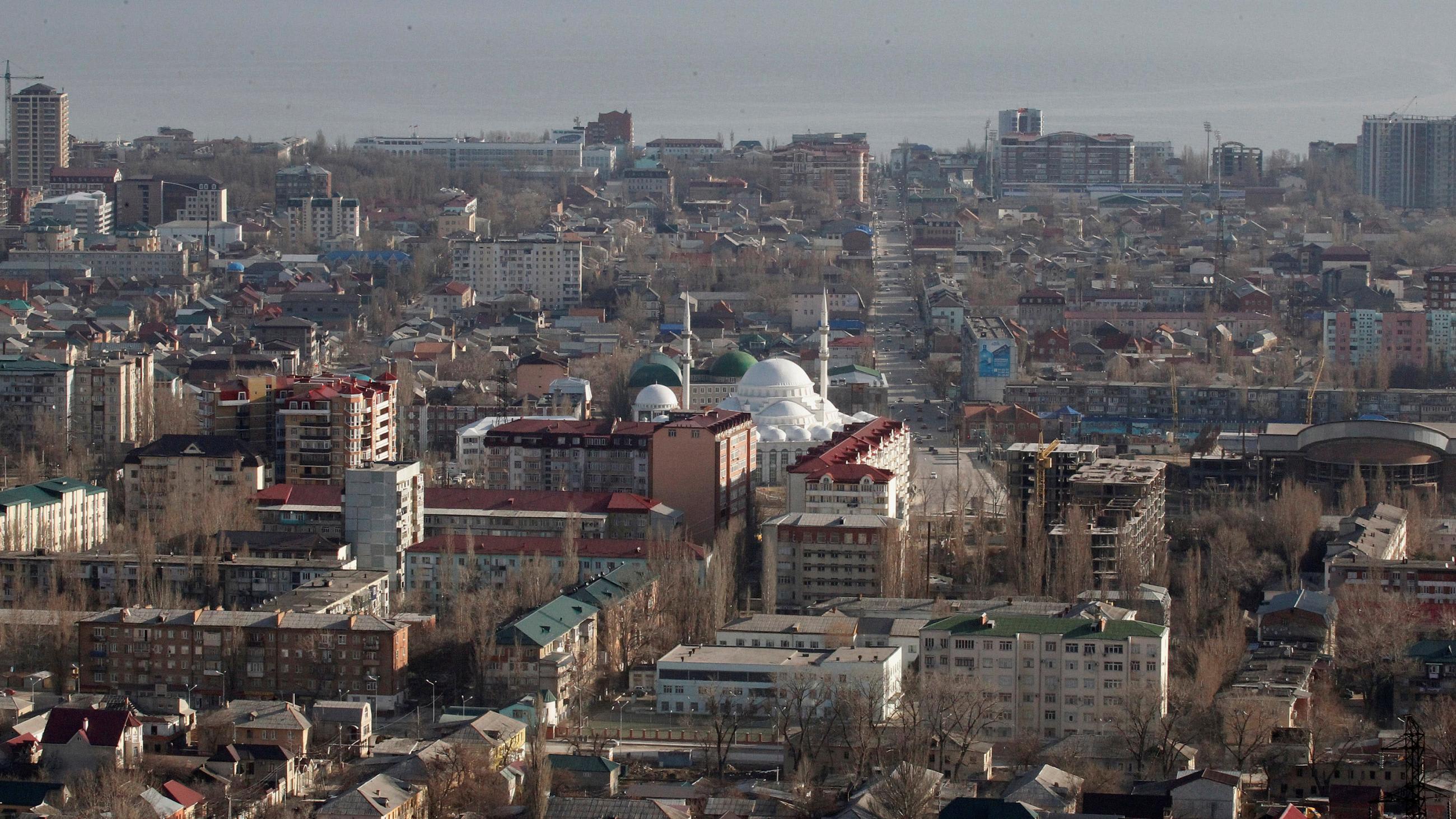
In a refrain echoed repeatedly across Russia, the officially reported case numbers in Dagestan aren't matching up with what health workers and ordinary people are seeing on the ground. People dying from "community-acquired pneumonia" and other causes are being counted as "deaths with COVID-19" rather than "deaths from COVID-19."
People dying from 'community-acquired pneumonia' and other causes are being counted as 'deaths with COVID-19' rather than 'deaths <i>from</i> COVID-19
Local authorities feel pressure to tell their bosses what they think they want to hear. As quoted in remarkable reporting from the news service Meduza, medical officials have asked doctors not to "bring the dirt out of the hut"—and air the dirty laundry of coronavirus death counts in public. Two weeks ago, the discrepancies finally became too much for the regional health minister. He went public on May 16 with a statement that at least forty doctors in Dagestan had died of the virus—at the same time that Moscow's numbers were showing only twenty-seven deaths total in the region. Two days later, Putin held a televised videoconference with the governor and other regional leaders, most of whom held true to form. "Everything is fine!" was the mantra of the call. But the head Mufti, a local civilian Muslim law interpreter, claimed to know of more than 700 deaths in the region—far more than the current official toll of 271. Many of the missing deaths are presumed to be people who passed away at home and were buried, uncounted, in accordance with local traditions.

Putin immediately, if belatedly, ordered the defense ministry to set up 100-bed field hospitals in multiple locations across the region, complete with 20,000 test kits and dozens of military medical personnel.
Roughnecks, Auto Workers, Gold Miners, and Nuns
Analogous situations, all with their own distinct local flavors, span the entire country.
TABLE: Eight Snapshots of Coronavirus in Russia
Russia has the third highest number of COVID-19 cases in the world—here are a few of those stories
In late April, hundreds of workers at an oil field deep in the Far Eastern Republic of Sakha (Yakutia) gathered to protest crowded living conditions amidst a localized COVID-19 outbreak. Their employer, Gazprom, responded by setting up mobile hospitals and transporting many workers to larger cities for treatment.
His abdication of responsibility has let others step into the vacuum—it's worth watching whether people will be docile in ceding ground back to him
A month later, the first COVID-19 death was reported at a gold mine in the neighboring Siberian Krasnoyarsk region. The company involved—which tested all 6,000 workers at its own expense—has announced that almost 1,200 positive cases were found, most asymptomatic. In the Nizhny Novgorod region, farther to the west along the Volga River, thousands of cases have appeared among auto production workers, nuns at the Saint Seraphim-Diveyevo monastery, and elsewhere. In far northwestern Komi, the first region outside Moscow and St. Petersburg to experience a surge in cases back in mid-April, transmission was driven by poor infection control as doctors and patients were transferred between small local health facilities and the single hospital in the regional capital, Syktyvkar, solely equipped to handle COVID-19 patients.

There's a common thread woven through all of the regional stories: local authorities, businesses, and communities coming together to fight the pandemic in the absence of solid direction from Moscow. That's not how it usually works under Putin's supposedly well-honed "power vertical" system of authority and control. But his abdication of responsibility has let others step into the vacuum, and it's worth watching whether governors, business elites, and people in general will be docile in ceding that ground back to him.
'Rage is brewing' among doctors, small business owners, and others
Russian opposition activist Alexei Navalny
Country-wide, online donations to social nonprofits increased by a third in March compared to the previous month, and then another third in April, signaling an important display of trust in civil society. Prominent opposition figure Alexei Navalny has warned that "rage is brewing" among doctors, small business owners, and others not previously active in any kind of protest movement.

People outside the capital are angry at the losses they've suffered because of a pandemic they perceive (largely correctly) as having originated with rich Muscovites returning from their winter ski vacations in Europe, and whose mismanagement they blame on the Kremlin or its interloper representatives appointed to rule their homelands.
Putin's at his weakest if he can't appear to be the one to get things done
Governors, long buried under unfunded mandates from the Kremlin, are starting to push back, likely buoyed by approval ratings that now eclipse Putin's in some cases. Putin's at his weakest if he can't appear to be the one to get things done. COVID-19 is both revealing and expanding cracks in the foundations of his power. If spread of the virus continues to accelerate through the regions, and the Kremlin keeps shifting the burden of dealing it to everyone else, the implications for Putin's reign could be profound.
